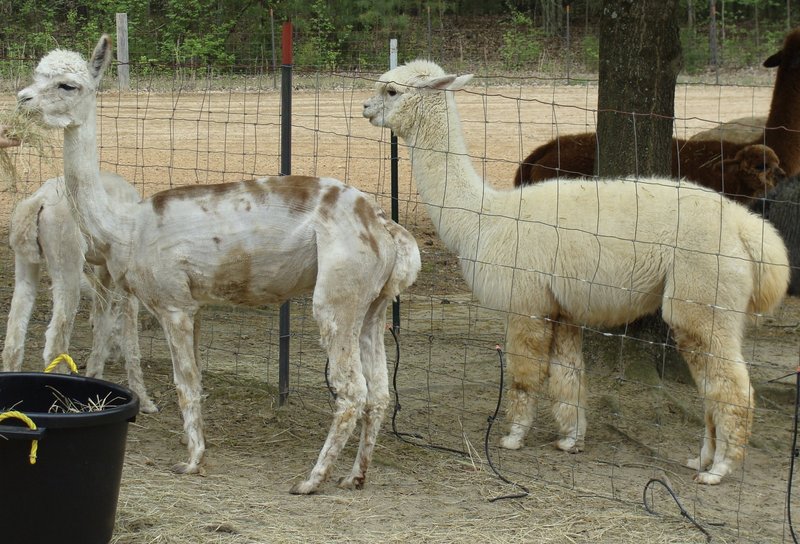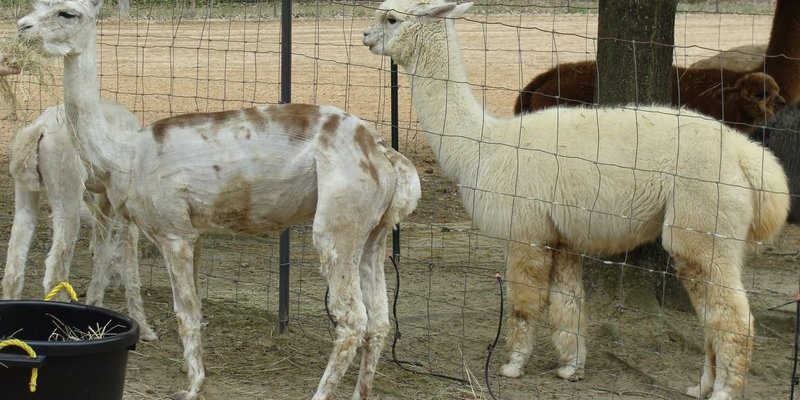
Alpacas, charming and gentle creatures native to South America, have been valued for their fiber for centuries. Their fleece is extraordinarily warm, lightweight, and hypoallergenic, making it a favorite among knitters and those looking for stylish staple pieces. Whether you’re wrapped up in a warm scarf or lounging on a plush blanket, alpaca fiber has a way of elevating comfort. So, pour a cup of coffee, settle in, and let’s explore the ins and outs of alpaca fiber—from shearing to its many uses!
Understanding Alpaca Fiber
Alpaca fiber is derived from the shaggy coats of alpacas, which are members of the camelid family. There are two main breeds—Huacaya and Suri—each producing different types of fiber. Huacaya has a fluffy, crimped texture, while Suri is long and silky, resembling dreadlocks. This variety gives each type unique qualities, suitable for different applications.
The fiber comes in a range of natural colors, from white to black and includes various shades of brown. This rich palette means that alpaca wool can be dyed less frequently compared to other fibers, making it a more eco-friendly choice. When you think of alpaca fiber, picture a rainbow of soft, shimmery strands that are not just pretty but practical, too!
Why Alpaca Fiber is Highly Valued
One reason alpaca fiber is so cherished is its remarkable warmth without the weight. It’s lighter than sheep wool, making it ideal for garments that need to be warm yet breathable. Ever tried wearing a bulky sweater and felt like you were suffocating? Well, alpaca fiber offers warmth without the bulk—perfect for layering!
Additionally, alpaca fiber is known for being hypoallergenic. It lacks the lanolin found in sheep’s wool, which can irritate those with sensitive skin. So, if you or someone you know loves wool but breaks out in hives, this could be the answer. Honestly, it’s nice to have options that are cozy without causing discomfort.
Shearing Process: How It’s Done
Shearing alpacas typically happens once a year in late spring or early summer. This timing is perfect because it allows the animals to grow their fleece back before the cooler months arrive. The process is gentle and straightforward, ensuring the comfort of the alpacas while collecting their amazing fiber.
During shearing, trained professionals carefully cut the fleece from the alpaca’s body using special shears. Think of it as a stylish haircut! The skill lies in removing the fiber without hurting the animal. After the fleece is sheared, it’s sorted by quality, color, and texture. The better-quality fleece can be sold at a premium or used for high-end products, while lower-quality fiber can be used for insulation or blended materials.
Processing Alpaca Fiber: From Fleece to Fabric
Once the fiber is sheared, it goes through several steps before it can become the soft items we love. The first step is cleaning. The fleece often contains dirt and grease, so it gets washed in a gentle detergent to remove impurities. This is typically done by hand, which helps preserve the fiber’s natural qualities.
After washing, the fleece is carded, which means it’s brushed and fluffed to separate the fibers. Think of it as untangling a messy knot; it helps align the strands, making them easier to spin into yarn. The next step is spinning, where the carded fibers are twisted together to form yarn. This yarn can be made in various thicknesses depending on the end use, from fine lace to chunky knitwear.
Finally, the yarn is dyed (if needed) and then woven or knitted into fabric. The beauty of this process is that each step enhances the soft, luxurious feel of the alpaca fiber, ensuring that the final products are not just functional but also beautiful.
Common Uses of Alpaca Fiber
Now that we’ve covered the process, let’s talk about what you can actually make with alpaca fiber. Here are some popular uses:
- Clothing: Alpaca fiber is a favorite choice for sweaters, scarves, and hats. It’s warm, durable, and incredibly soft against the skin.
- Home Textiles: Blankets, throws, and rugs made from alpaca fiber add an elegant touch to any home while keeping you warm.
- Accessories: From socks to gloves, alpaca fiber helps keep your extremities cozy and comfortable without the itchiness often associated with wool.
- Craft Projects: Alpaca fiber is also popular among crafters who enjoy spinning their yarn or creating unique felt pieces.
You might be wondering why it’s worth choosing alpaca over other materials. The answer lies in its unique qualities. Given its softness, durability, and warmth, alpaca fiber often outperforms traditional wool and other synthetic fibers. Plus, it contributes to sustainable fashion—ensuring we’re kind to our planet while looking great!
The Benefits of Alpaca Fiber
Using alpaca fiber comes with numerous benefits. Let’s break down a few key points:
1. Sustainability: Alpacas have a low environmental impact compared to sheep. They have padded feet that are gentle on the land, and their fleece sheds naturally without harming their bodies.
2. Thermal Regulation: Alpaca fiber has excellent insulation properties, keeping you warm in winter and cool in summer. It’s like having a natural thermostat built into your clothing!
3. Lightweight and Comfortable: Thanks to its lightweight nature, you can enjoy the warmth without feeling weighed down. That’s a real bonus when it gets chilly outside.
4. Durability: Alpaca fiber is strong and resilient, making it perfect for items that you wear frequently. Unlike some delicate materials, it can withstand daily use without losing its charm.
With all these advantages, it’s easy to see why more people are turning to alpaca fiber for their textiles. Whether you’re a fashion enthusiast or just someone looking for comfort, alpaca has something for everyone.
In a world filled with fabric choices, alpaca fiber stands out for its warmth, softness, and sustainability. The journey from the gentle shearing of these animals to the cozy clothing we adore is a fascinating one. There’s something truly special about wearing a piece made from alpaca fiber, knowing it’s crafted from nature’s finest.
So next time you’re snuggled up in an alpaca sweater or wrapped in an alpaca blanket, you’re not just enjoying a comfy accessory; you’re embracing a whole world of craftsmanship and care. It’s about more than just warmth; it’s a connection to the animals and the people who help bring these beautiful fibers to life. Now, whether you’re shopping for new winter gear or thinking about trying your hand at a craft project, remember the wonderful world of alpaca and all it offers!

